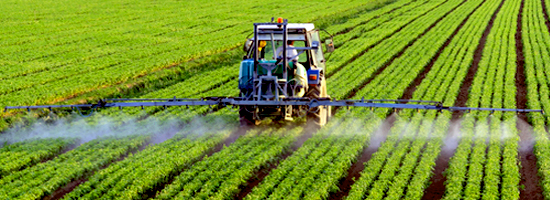
Foliar feeding is the practice of applying nutrients to plants, directly on the leaf or stem tissues rather than the root system. These tissues are often more effective at absorbing nutrients and providing the necessary nutrition throughout the plants cell structure, whereas root absorbed application can take several days or weeks to be completely absorbed through the plant. This means the plant can correct a deficiency much faster when the nutrients are applied through foliar feeding rather than to the root system.
When environmental conditions limit the amount of nutrients taken up through the roots we recommend foliar feeding your crops. Such conditions may include high or low soil pH, temperature stress, too low or too high soil moisture, root disease, and nutrient imbalances.
Foliar application is also extremely well suited for applying micronutrients. High quality micronutrients are able to permeate and diffuse through the leaf and disperse throughout the plant. A main advantage of foliar feeding is that uniform application is easily obtained, and application rates may be lower than rates that would be used for soil application. Another advantage is that micronutrient application can be “piggy-backed” with other crop protection applications which reduces application costs for the grower. The response to the micronutrients applied is also nearly immediate which means deficiencies during the growing season can quickly be corrected.
An additional benefit is that foliar feeding a crop can bypass any limitations on soil nutrient availability that can be present due to pH issues. However foliar spraying may not be as effective on young plants that have less of a leaf surface. Regardless there are many benefits to foliar feeding you crops, and don’t hesitate to reach out to your WS Ag Center agronomist for more information.
-Tom Arndt